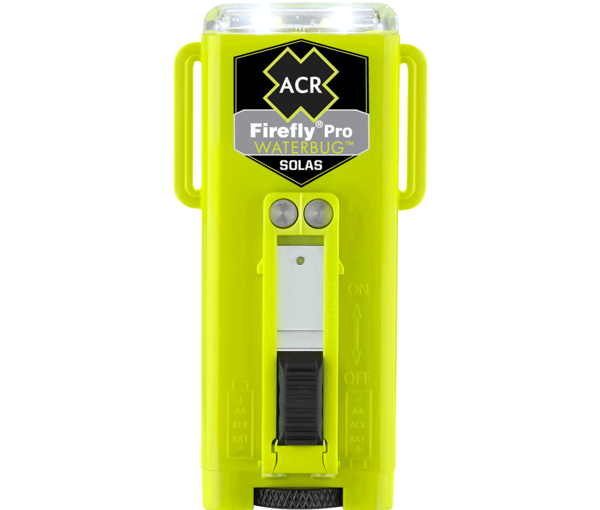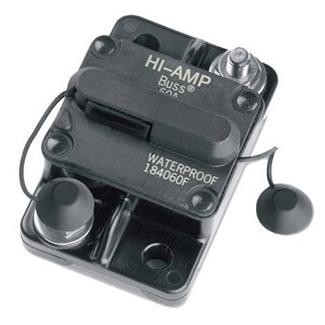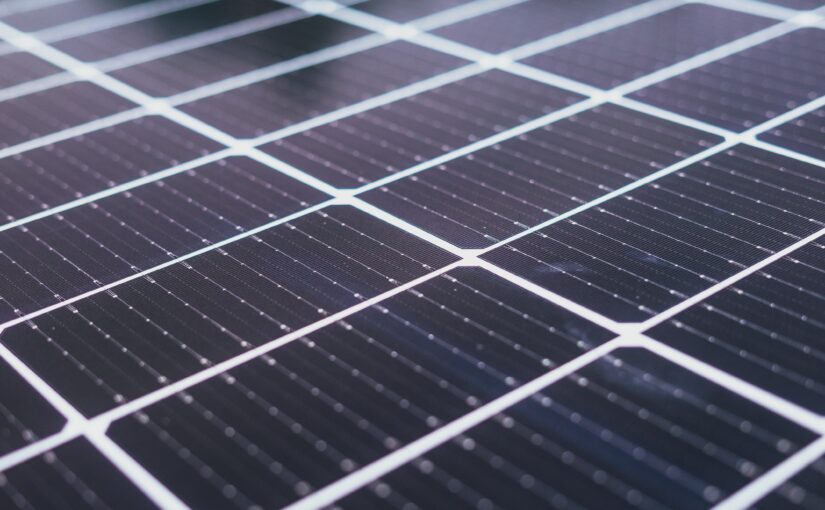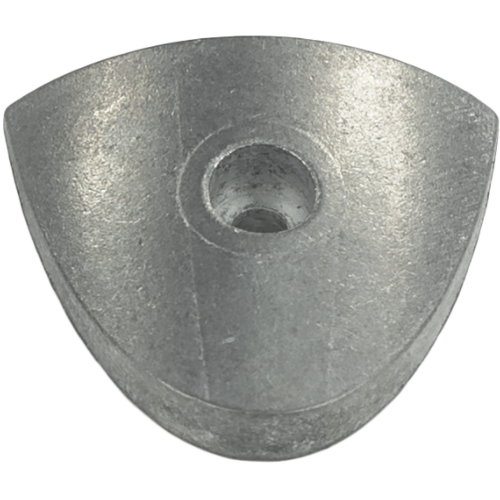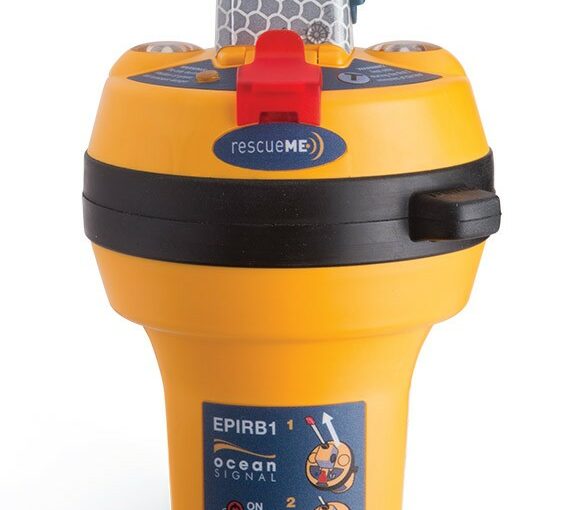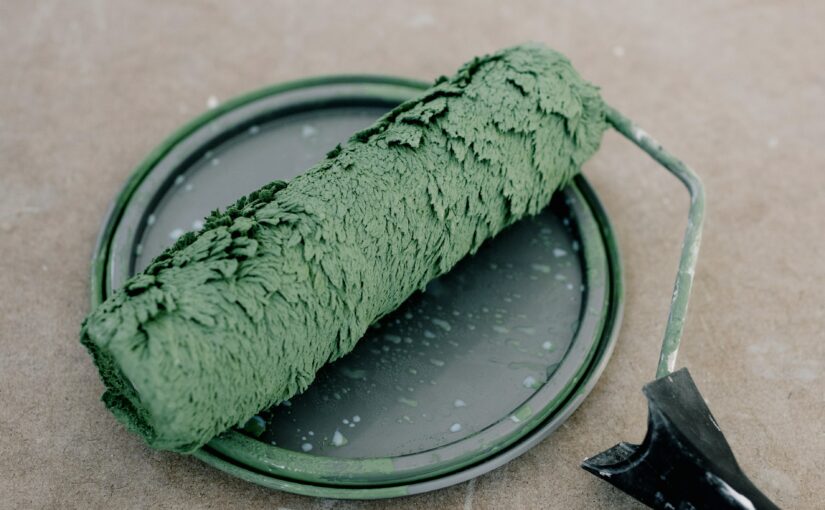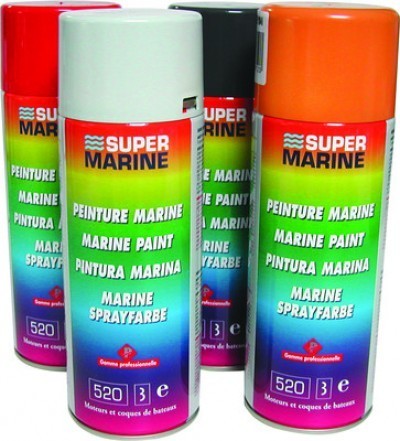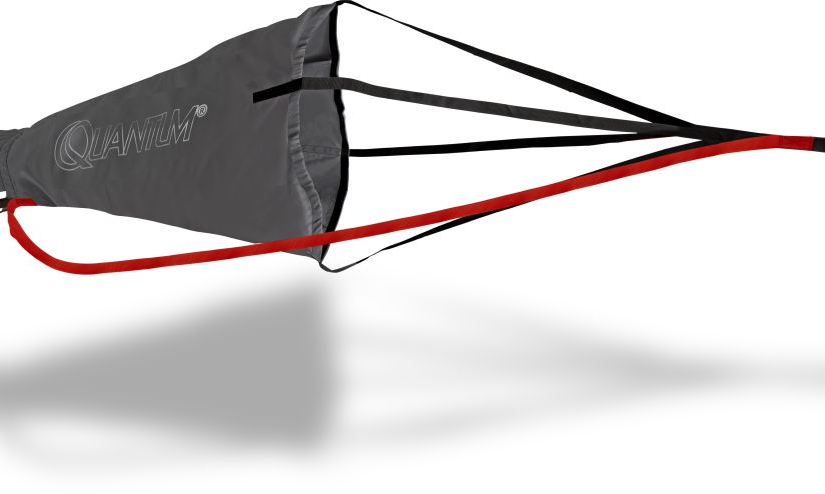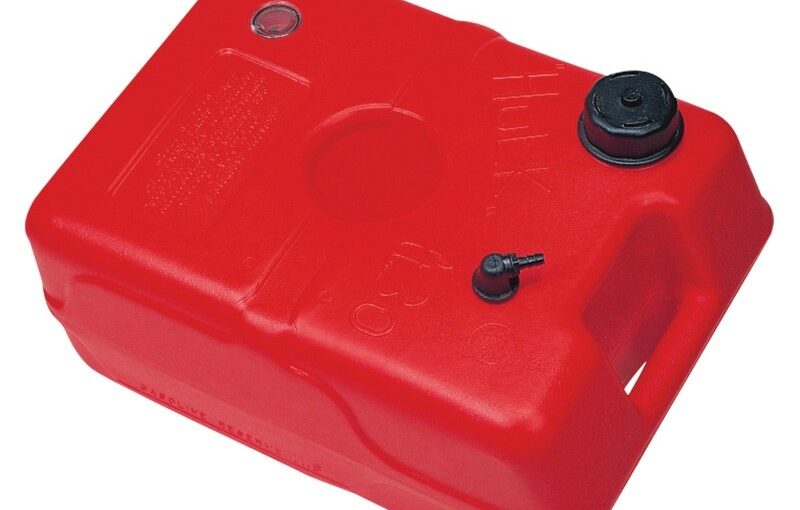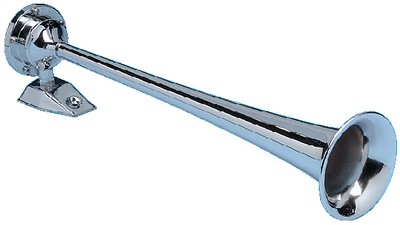Boat flares are pyrotechnic devices that can save lives. However, they are also products that must be handled with care. They can be dangerous to those who use them if they are out of date. They also need to be handled with care. To find out more about how flares work, follow these lines.
How a parachute flare works
There are currently 3 different types of boat flares that are approved:
- The parachute flare
- Smoke flare
- Hand-held lights
The parachute flare is quite easy to use. It is a projectile launcher that will be sent into the air. To signal distress, this type of boat distress light will emit its red light at height. Because of their performance, these lights can be launched up to 300 metres high. The light is fully capable of burning for 40 seconds.
It is also important to know that the parachute flare can be seen from about 25 miles away. You must handle this pyrotechnic product with care. To do this, start by stepping back while keeping your arm more flexed over the water. Try to find a stable position. You can use this device during the day and at night.
The smoke bomb
There is also the smoke bomb which is known for its orange-red smoke. This product is quite capable of burning for about 3 minutes. Unlike the other types of boat flares, smoke flares can only be used during the day. The smoke will not be visible at night.
To use it, it must be struck over the water and downwind. Originally, this pyrotechnic device was used to inform the air rescue services about the strength of the wind and the state of the sea.
Hand-held fires
Hand-held lights are also one of the most commonly used boat distress lights. If you want to go coastal sailing, you should have these products on your boat. The hand-held light has a red flame at the end of the flare. This product allows the user to be visible to emergency services that are already alerted and approaching your boat.
A hand-held flare is capable of emitting light for approximately 1 minute. It has a visibility of 3 to 5 nautical miles. When using it, you have to be careful with small splashes. For this reason you should wear gloves to avoid burns. You should also avoid looking at the flame for too long to avoid burning the retina.
Some precautions to take into account
These boat flares must be handled with care. To avoid burns, it is recommended that you always wear gloves before each use. Avoid pointing your flare at other people. When setting off your flare, avoid looking at the flame.
After using your flare, it is important to immerse it in water and then you can store it on board. Before storing your products in your boat, always try to check if they are not out of date. Pyrotechnic devices must respect the expiry dates.

